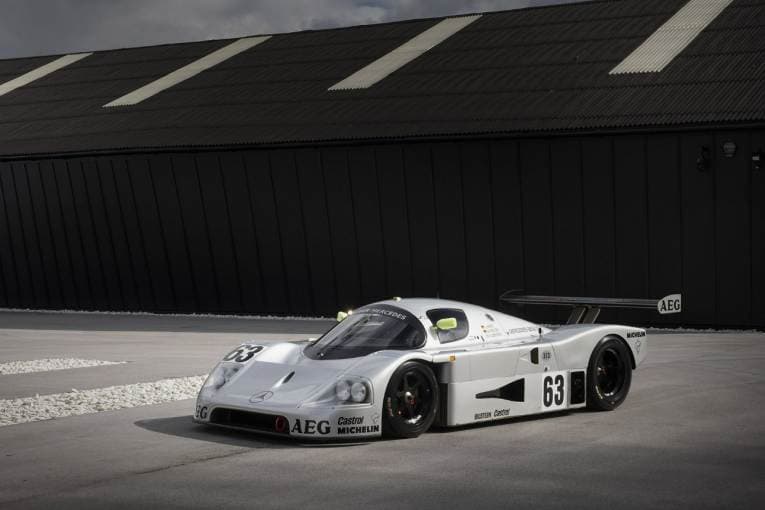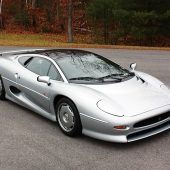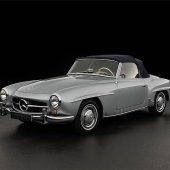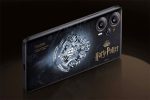The Sauber-Mercedes C 9 racing sports car was the outcome of a longstanding innovation partnership between Mercedes-Benz and the Swiss racing team established by Peter Sauber, a relationship that dated back to 1984. That was the year in which the Stuttgart company and the Zurich-based racing car designer reached an agreement for Mercedes-Benz to supply engines for the Sauber prototype sports cars used in the Group C motor racing series. The partnership marked the first step towards Mercedes-Benz’s return to international circuit motorsport since the company’s withdrawal in 1955.
Sauber had already been competing in Group C racing since 1982, initially using Ford and BMW engines in its C 6 and C 7 sports car prototypes. Then in 1985, Sauber presented the C 8, powered by a Mercedes-Benz M 117 engine – a modified V8 based on series production with a displacement of 4973 cc. The C 8 promptly won the ADAC 1000 km race at Nürburgring in 1986. The following year saw Jean-Louis Schlesser win the Super-Sprint on the Nürburgring for Sauber-Mercedes in the new C 9 (still at that point powered by the M 117 engine from the C 8).
From 1988 onwards, Mercedes-Benz again competed as an official works team in Group C for racing sports cars. The C 9 with an output of more than 515 kW (700 hp) also won the 800 kilometres of Jerez, the Czechoslovakian Grand Prix at Brno, the 1000-kilometre races at Nürburgring and at Spa-Francorchamps, and the 360-kilometre race at Sandown Park. On top of this came victories in the Supercup races on the Hockenheimring, Norisring and on the airfield at Diepholz.
The ultimate prize came in 1989, when Sauber-Mercedes won the World Championship with the C 9. For the 1989 season the racing sports car was equipped with the new V8 biturbo M 119 engine with four-valve technology, which was able to develop short bursts of power up to around 680 kW (925 hp). The configuration used in the race, however, delivered an output of around 530 kW (720 hp). The cars had not only been technically improved; they were also now painted silver as a clear signal that Mercedes-Benz was back on the race circuit as a works team fighting for victories.
In 1989 Sauber-Mercedes C 9 also took the double victory in the 24 Hours of Le Mans. Jochen Mass, Manuel Reuter and Stanley Dickens won the race in the C 9 with the starting number 63, followed by Mauro Baldi, Kenny Acheson and Gianfranco Brancatelli (starting number 61). The triumph was completed by a fifth place for the third car racing for the Sauber-Mercedes team: the vehicle driven by Jean-Louis Schlesser, Jean-Pierre Jabouille and Alain Cudini, with starting number 62, achieved the best time during qualifying and started the race from pole position.
1990 saw the arrival on the racetrack of the Sauber-Mercedes C 11 as the successor to the C 9. This sports car prototype was the first Sauber car to feature a carbon-fibre chassis, which gave the vehicle outstanding strength. In 1990 Sauber-Mercedes once again took the World Championship drivers’ title (Schlesser and Baldi) as well as the constructors’ title. For the 1991 season, which brought the exclusion of turbocharged engines from Group C, Mercedes-Benz developed the new M291 V12 engine (478 kW/650 hp) for the C 291 racing sports car. This was the last Mercedes-Benz Group C car.
Mercedes-Sauber C 9 racing sports car (M 119 HL engine)
- Raced: 1989-1990
- Cylinders: V8
- Displacement: 4973 cubic centimetres
- Output: 530 kW (720 hp)
- Top speed: approx. 400 km/h









